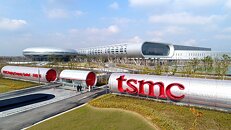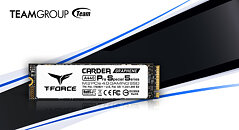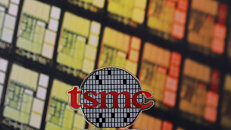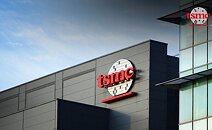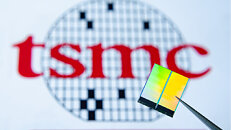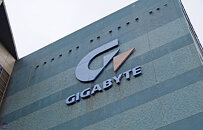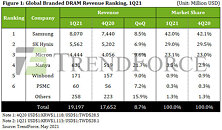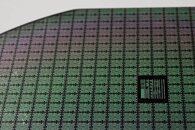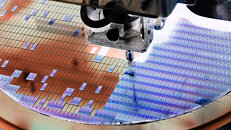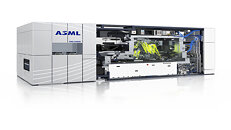Taiwan's Passive Component Makers Conservative About Supply and Demand for Q4
After all the reports of component shortages over the past few months, it now seems that the power related problems in China are having an effect on demand of passive components, such as MLCCs (Multilayer Ceramic Capacitor), various types of resistors and inductors among others. As such, manufacturers of said components in Taiwan are cautious about demand for the rest of this quarter, with even big players like Yageo - they're the third largest manufacturer in the world of passive components - being conservative, if somewhat positive about shipments this quarter, according to Digitimes.
As many of the Taiwanese makers of passive components have factories in China, the power cuts in several provinces are adversely affecting these companies. In the case of Yageo, they claim to be able to maintain their production at its largest facility in China, due to it not being located in one of the so far not affected provinces. Some of its competitors aren't as lucky and have already seen losses in production and aren't expecting things to improve. Besides the power outages, there are still issues with the logistics and shipping, which is further causing problems.
As many of the Taiwanese makers of passive components have factories in China, the power cuts in several provinces are adversely affecting these companies. In the case of Yageo, they claim to be able to maintain their production at its largest facility in China, due to it not being located in one of the so far not affected provinces. Some of its competitors aren't as lucky and have already seen losses in production and aren't expecting things to improve. Besides the power outages, there are still issues with the logistics and shipping, which is further causing problems.








